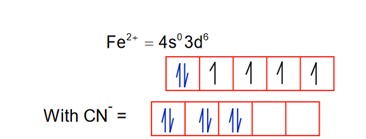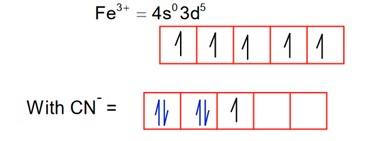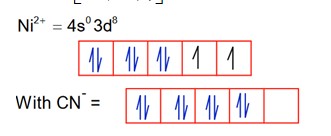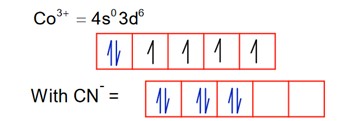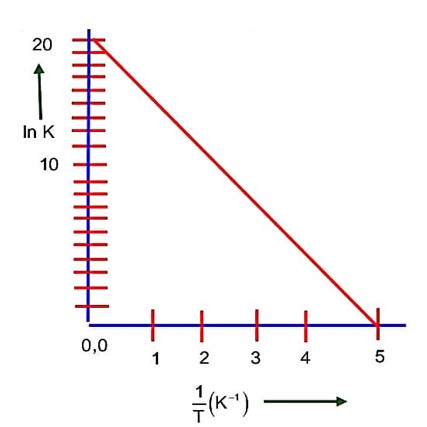Chemical Kinetics
Get insights from 144 questions on Chemical Kinetics, answered by students, alumni, and experts. You may also ask and answer any question you like about Chemical Kinetics
Follow Ask QuestionQuestions
Discussions
Active Users
Followers
New answer posted
4 months agoContributor-Level 10
CN is a strong field ligand, so pairing occurs.
1.
So; it is diamagnetic
2.
So; it is paramagnetic.
3.
Ti3+ = 4s03d1
It is paramagnetic
4.
It is diamagnetic
5.
Hence, are paramagnetic.
New answer posted
4 months agoContributor-Level 10
Where, K2 is at 310 K and K1 at 300K
K2 = K1 * 103
K1 = K2 * 10-3
x = 1
New answer posted
4 months agoContributor-Level 10
Rate constant, k = 5.5 * 10-14 s-1.
=
From (i) & (ii)
= 1.58 t50%
So; t67% is 15.8 * 10-1 times half life.
X = 16 (the nearest integer)
New answer posted
4 months agoContributor-Level 10
According to condition
Rate
By using experimental data I and II
And by using experimental data I and II
M = 8
Ratio of
Taking an Exam? Selecting a College?
Get authentic answers from experts, students and alumni that you won't find anywhere else
Sign Up on ShikshaOn Shiksha, get access to
- 65k Colleges
- 1.2k Exams
- 681k Reviews
- 1800k Answers

